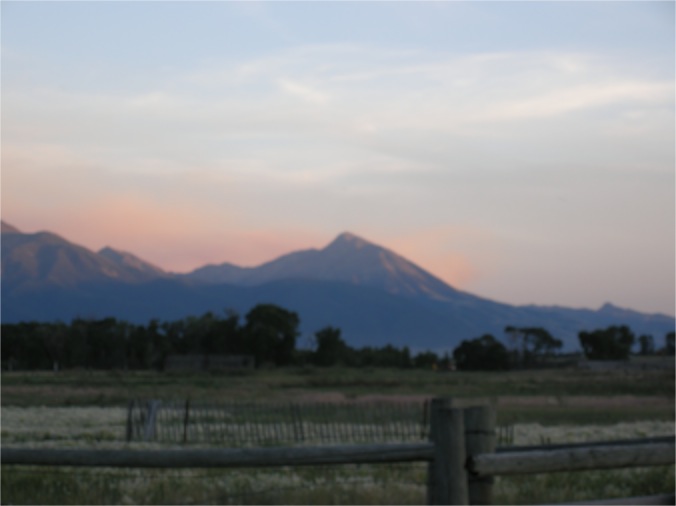Paradise Valley
24/07/13 06:05

Those days of active firefighting led to a build up of fuels on the ground. As scientists learned more about the forest, they began to allow small burns to clear away some of the fuels, while continuing to fight the larger burns. Then in 1988 and 1989, nearly 20 years after my father quite flying the patrols, Yellowstone saw fires that could not be put out no matter what human effort was applied. Dozer lines were cut through the forest and backfires lit to clear the fuel away from the approaching fires. The fires jumped the lines and continued to grow in the backcountry until finally the chill of September and the snows of October put the fires out. Back in 1988, we had our own airplane and I obtained permission to skirt the firefighting efforts and take a look at Yellowstone. We flew past Emigrant Peak and then cut over into the Gallatin Valley and down to West Yellowstone. It seemed as if the entire park was a single giant smoke plume. It was the largest fire I have ever witnessed. The radio was a buzz with all of the firefighting activity. Air tankers and helicopters seemed to be everywhere. Our little airplane would just be a nuisance and a danger in all of that traffic, so we stayed clear, but we were close enough to sense the size of the fire.
I watched a lot of television news that summer. The news photographers were using long lenses to take pictures of the fire, so the flames looked closer to landmarks than they actually were. One night it seemed as if there was no way to save the grand lodge at Old Faithful from the fire, but when we visited on the ground in 1990, we discovered that the fire really had been on the ridge quite a ways away. This was true in other areas of the park.
There were some amazing results of the fire. Down by the Lake, it opened up vistas and views of the lake that I had never before seen. The old stands of lodgepole pine were so thick that all I had known was the trees. Coming into the park from West Yellowstone there was a hillside where the flames had been so intense that they said the soil was sterilized, but there were already tiny green plants two years after the fire. The seed had somehow blown in. In some places there were Douglas fir seedlings growing where I hadn’t remembered the giant firs growing before. Who knows how long the cones had laid on the forest floor before the heat of the fire opened them up.
All of that was years ago now. They understand the dynamics of fire much better these days, but the balance has not yet been discovered. Yellowstone is unlike the areas in Colorado and Arizona that have suffered so much from forest fires this summer. In Yellowstone there are no housing developments filed with homes that are threatened and destroyed when the forest burns. There are just a few settlements with summer housing to serve the visitors. Compared to the areas that have burned this year, Yellowstone Park is easy to evacuate.
The burn on Emigrant Peak is at about 350 acres. It was started by lightning almost a week ago and smoldered for some time before it was reported on Sunday. It is burning in very rugged and remote country. The crews on the fire report that as the fire burns up the steep slope, burning logs and hot rocks are falling down below the burn area starting small fires below the main direction of the fire. The fire is burning next to an old burn scar, so it has limited fuel on that side. There are a couple of helicopters assigned to the effort and ground crews are working from a remote base camp that was established by flying in crews and equipment with the choppers. So far the weather is not cooperating with highs in the 90’s and plenty of wind. It is always windy in Paradise Valley as the air makes its way from the high country and the river is squeezed between the mountains.
It is fun to revisit this beautiful valley. We’re camped right next to the Yellowstone River. It is a pristine trout stream. Last night the fish were coming out of the water in search of the insects that hovered above the surface. There are ranches in this immediate area where I delivered farm machinery back in my high school and college days. I probably don’t know any of the ranchers these days. Times change and much of the valley has been purchased by wealthy landowners who don’t live here, but maintain ranches as vacation homes.
Today promises an easy drive home and a return to work and the activities of the hills. It has been a very good trip and we have had a wonderful time.
New adventures await.